Related Research Articles
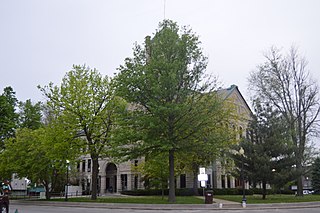
Christian County is a county located in the U.S. state of Illinois. As of the 2020 census, the population was 34,032. Its county seat is Taylorville.

Mystic is a village and census-designated place (CDP) in Groton and Stonington, Connecticut.

North Stonington is a town in New London County, Connecticut which was split off from Stonington in 1724. The town is part of the Southeastern Connecticut Planning Region. The population was 5,149 at the 2020 census.
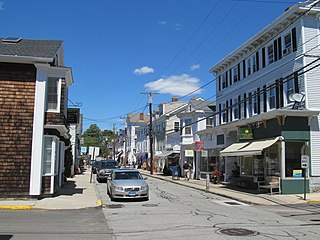
Stonington is a town located in New London County, Connecticut. The municipal limits of the town include the borough of Stonington, the villages of Pawcatuck, Lords Point, and Wequetequock, and the eastern halves of the villages of Mystic and Old Mystic. Stonington is part of the Southeastern Connecticut Planning Region. The population of the town was 18,335 at the 2020 census.
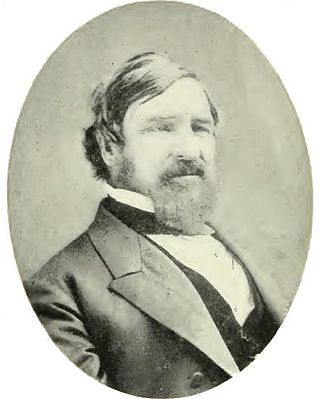
Nathaniel Brown Palmer was an American seal hunter, explorer, sailing captain, and ship designer. He gave his name to Palmer Land, Antarctica, which he explored in 1820 on his sloop Hero. He was born in Stonington, Connecticut, and was a descendant of Walter Palmer, one of the town's founders.

The Stonington Harbor Light is a historic lighthouse built in 1840 and located on the east side of Stonington Harbor in the Borough of Stonington, Connecticut. It is a well-preserved example of a mid-19th century stone lighthouse. The light was taken out of service in 1889 and the building has served as a museum for the Stonington Historical Society since 1925. It was listed on the National Register of Historic Places in 1976.

Stonington Island is a rocky island lying 1.8 km (1.1 mi) northeast of Neny Island in the eastern part of Marguerite Bay off the west coast of Graham Land, Antarctica. It is 0.75 km (0.47 mi) long from north-west to south-east and 0.37 km (0.23 mi) wide, yielding an area of 20 ha. It was formerly connected by a drifted snow slope to Northeast Glacier on the mainland. Highest elevation is Anemometer Hill which rises to 25 m (82 ft).
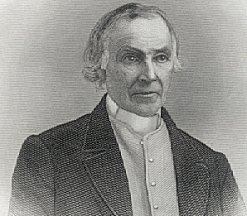
John Denison Baldwin was an American politician, Congregationalist minister, newspaper editor, and popular anthropological writer. He was a member of the Connecticut State House of Representatives and later a member of the U.S. House of Representatives from Massachusetts.
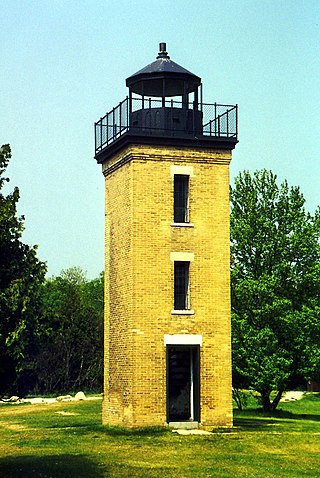
The Peninsula Point Light is a lighthouse located at the southern tip of the Stonington Peninsula in Bay de Noc township in Delta County, Michigan. United States Coast Guard historical documents have over the years listed the name of the site as both Peninsula Point and Point Peninsula.
Thomas Minor was a founder of New London and Stonington, Connecticut, United States, and an early colonial New England diarist.

The Capt. Nathaniel B. Palmer House is a historic house museum in Stonington, Connecticut, built in 1852–54. The house is a transitional style between the Greek revival and the Victorian Italianate. It was built for Nathaniel Brown Palmer (1799–1877), who was a seal hunter, a pioneering Antarctic explorer, and a major designer of clipper ships. Threatened with demolition, it was acquired by the Stonington Historical Society in 1995, which operates it as a museum devoted to Palmer. The house was declared a National Historic Landmark in 1996.
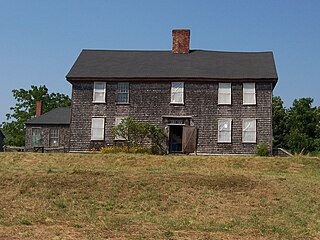
The Stanton–Davis Homestead Museum is a historic house on Greenhaven Road in Stonington, Connecticut. It was built around 1700. The property has been a working farm for over 350 years, most by members of the Davis family. The property is currently in the process of being restored by the Stanton-Davis Society into a museum.

Fort Washington, also known as Fort Washington Park, is a historic site at 95 Waverly Street in Cambridge, Massachusetts. It was built by soldiers of the Continental Army under the orders of George Washington in November 1775. It is the oldest surviving fortification from the American Revolutionary War and the only surviving fortification from the Siege of Boston. Fort Washington was placed on the List of Registered Historic Places in Massachusetts on April 3, 1973.
Thomas Stanton (1616?–1677) was a trader and an accomplished Indian interpreter and negotiator in the Connecticut Colony, one of the original settlers of Hartford. He was also one of four founders of Stonington, Connecticut, along with William Chesebrough, Thomas Miner, and Walter Palmer.

William Chesebrough (c.1594–1667) was a farmer and trader in the colonies of Massachusetts and Connecticut. He was one of the four co-founders of Stonington, Connecticut, along with Thomas Stanton, Thomas Miner, and Walter Palmer.

The Whitehall Mansion is a historic house at 42 Whitehall Avenue in the Stonington side of Mystic, Connecticut. Built about 1771 for a local physician and politician, it is a fine example of late Georgian architecture. It has been moved twice, both times short distances, and now serves as a bed and breakfast inn. The house was added to the National Register of Historic Places on April 12, 1979.

Stonington is a borough and the town center of Stonington, Connecticut, referred to by locals as "The Borough". The population was 976 at the 2020 United States Census, up from 929 in 2010.

The Norwich and Westerly Railway was an interurban trolley system that operated in Southeastern Connecticut during the early part of the 20th century. It operated a 21-mile line through rural territory in Norwich, Preston, Ledyard, North Stonington, and Pawcatuck, Connecticut to Westerly, Rhode Island between 1906 and 1922. For most of its length, the route paralleled what is now Connecticut Route 2.
Rosalie Thorne "Rollie" McKenna was an American photographer. Writers photographed by McKenna include Sylvia Plath, Robert Frost, Dylan Thomas, and Truman Capote. McKenna had a long-term friendship with John Malcolm Brinnin, who helped her come in contact with many of the people she photographed. In addition to portraiture, McKenna also had an interest in architecture, particularly the architecture of Stonington, Connecticut.